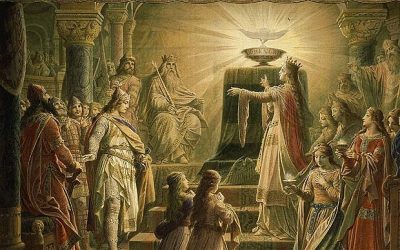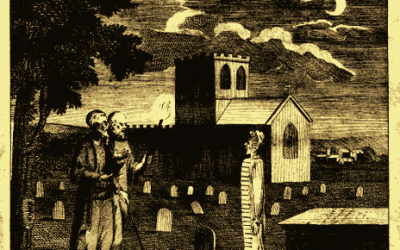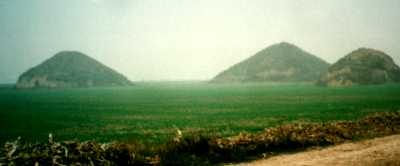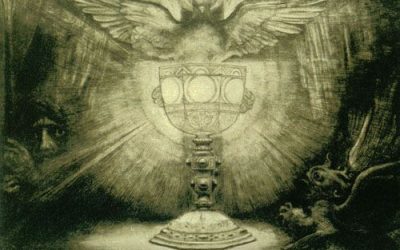Welcome to San Graal!
Alchemy | Holy Grail Mythology | Sacred Geometry | Earth History
Sangraal is derived from San, from Sanctus or Saint, and Graal, the Ketlic word for Vase.
Sangraal = Holy Grail

This site is a fan site paying homage to the original authors who shared their amazing insights, research, and philosophies.
As LONG TIME fans of their original site, we have done our best to rebuild their website so you can enjoy their works as we have over the years.
Recent Articles
Thinking Outside the Box
Soma and the Holy Grail
The Gnostic Science of Alchemy Chapter Five
Phi-Harmonics Download
Arthur and the Fall of Rome Part Three – The Historical Arthur and Arthur’s Men
Alchemical Kubrick
Sharing the Secrets – Part THREE: Dr. Dee Meets the ETs
Sharing the Secrets – Part FOUR A: Spirits of the Dead, Phantom Airships and Flying Disks
Metatron Cube and Eve’s Grid and The Tesseract
Luxor – The Temple of Man
Rise To Consciousness – Part VI – The Battle of the Shadows
Pyramids in China
The Gnostic Science of Alchemy Chapter Eight
The Gnostic Science of Alchemy Chapter Nine
The Gnostic Science of Alchemy Chapter Ten
About San Graal
The term “San Graal” or “Sangraal” is associated with the legend of the Holy Grail, believed to be the dish, plate, or cup used by Jesus at the Last Supper, and said to possess miraculous powers. The concept of the Holy Grail is a significant element in Christian mythology and Arthurian literature.
There are several interpretations and theories about what the Holy Grail represents and where it might be found. Here’s a brief overview of some of the main elements of the San Graal or Holy Grail:
Biblical and Historical Context
In Christian tradition, the Holy Grail is the dish or cup used by Jesus at the Last Supper. Later, Joseph of Arimathea supposedly used it to catch and collect the blood of Christ at the Crucifixion. Because of these associations, the Grail is often considered to have miraculous powers, such as the ability to provide sustenance in infinite abundance, heal the wounded and sick, and even grant eternal youth or life.
Arthurian Legend
The Holy Grail is a significant element in the Arthurian legend, where it becomes the object of a quest by the Knights of the Round Table. In these stories, the Grail is a symbol of divine grace. Sir Galahad, the most pure of all the knights, is the one who finally achieves the Grail quest.
Etymology and Interpretation
The term “San Graal” can be split into “San” (meaning holy or sacred) and “Graal” (meaning Grail). However, another interpretation comes from the term “Sangraal,” which can be split into “sang” (meaning blood) and “raal” (meaning royal). This led to an interpretation of the Holy Grail not as a dish, but as the “royal bloodline” of Jesus, a concept popularized in books like “The Holy Blood and the Holy Grail” and “The Da Vinci Code.”
The legend of the Holy Grail has been adapted and reinterpreted many times throughout history, in literature, art, and popular culture. Its meaning can vary greatly depending on the context, ranging from a literal dish or cup, to a metaphor for spiritual enlightenment, to a symbol of a royal bloodline. Despite these varied interpretations, what remains consistent is the Grail’s status as a powerful and sacred object, representative of divine grace and the quest for spiritual fulfillment.
Fermis Paradox is related to the discussions on this site.
The quest for the Holy Grail is the ultimate adventure and would make a great Dungeons & Dragons module! Visit DnDAdventure.com for free Dungeons & Dragons resources and downloads.
Or if you prefer adventuring online, check out Tales of a Priest which gives tips for the playing a priest character in World of Warcraft.
For more thought provoking articles, check out http://www.unrealities.com
Read about real scientific breakthroughs in nanotechnology at CMPND.org, the Center for Multifunctional Polymer Nanomaterials and Devices.














